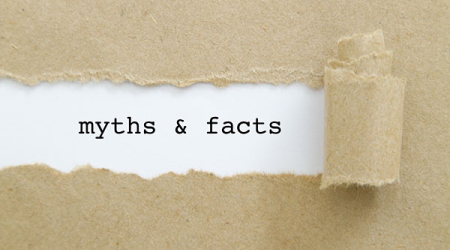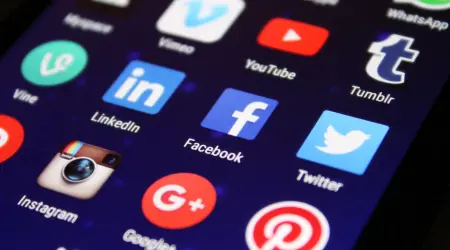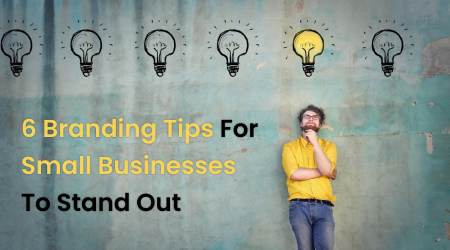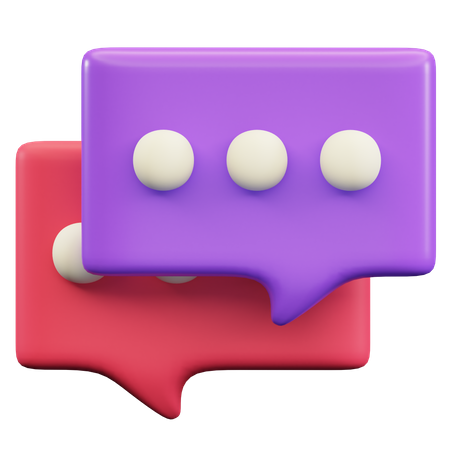
Your brand identity is more than just your brand logo. It’s more than style guides, marketing materials, brochures or color palettes, Your brand identity is the combo of how your looks, feels and speaks to your potential audience. It influences the entire experience and ultimately affects how customers view your credibility and business.
With all this at stake, your small business brand identity will not magically reveal itself overnight. It requires time, immense research, and deep thinking, but in the end, all of it is worth it.
So where do you start?
Here are the steps you need to follow.
Research (the most important of all): To create a wonderful brand identity, the brand strategy must be designed to not only reflect at the current time but also support it as it grows. You can’t create a brand identity that resonates with your customers if you don’t understand your customers to begin with.

So, first take the time to truly learn about your primary, secondary, and tertiary audiences. Develop personas that define their likes, dislikes, hobbies, and values. Once you have a deep understanding of your customers, move on to competitive research. How are other companies in your industry positioning themselves in terms of visual elements, personalities, and themes?
And finally, don’t forget to ask the people closest to your current brand: your employees. They have an important point of view on how the company should be portrayed, and what has and hasn’t worked in the past. In doing so, the brand will be clear on its value proposition, and competition.
Note: Spend enough time on this step so that your further process goes smoothly and you get results as you have imagined.
Create Assets: Once the research phase is done, the fun can begin. It’s time to translate all your learnings into visuals. Here’s a quick list of common brand assets:
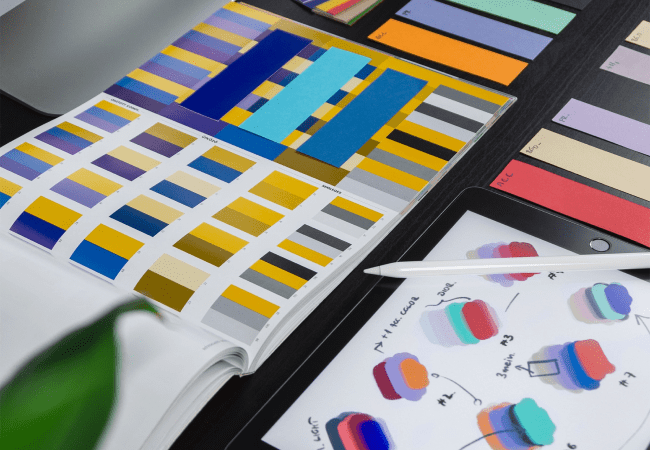
As you’re building your brand assets, think about the 3 Cs of branding and how they can help:
Clarity: It’s your job, not your customer’s, to figure out your message. If they have to work to interpret something you’ve created, your brand isn’t clear enough yet.
Consistency: Your billboard needs to have the same voice as your website, which needs to have the same voice as your Twitter account. Why? Consistency in your brand inspires confidence and discipline.
Commitment: We want our ads to go viral, and the minute they don’t, we get discouraged and shift directions. Don’t forget that great branding takes a great amount of time.
The 3 Cs of marketing (create, capture, and convert) can also help once you move deeper into asset creation specifically for marketing campaigns.
Define your brand story: Many people assume a brand story means the history of their brand. They are not entirely wrong, this can be an essential part of your brand story but it's not the complete story and therefore your brand story should be something much bigger.
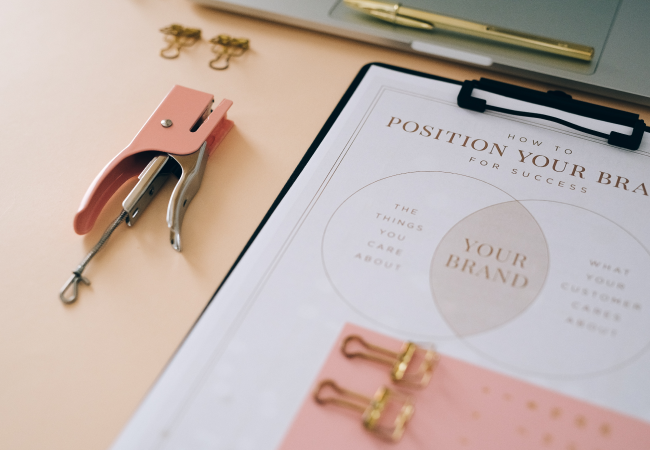
These are a few questions that will help you to write your brand story:
As you’re creating your brand story, remember that it’s not just an elevator pitch, instead, you’re giving people when they ask what your business is. To summarize all of its brand stories is how your brand started, how you relate it to people and why it exists.
Iterate and refine:Your brand identity may change over time, and that’s okay. Once you have created your initial brand identity, analyze and refine it based on your customer feedback. Try new strategies and tactics to see what works best. For example, you could A/B test different taglines, copyrights on the homepage of your website to see which story resonates for your audience and in-turn that works best for your brand.

